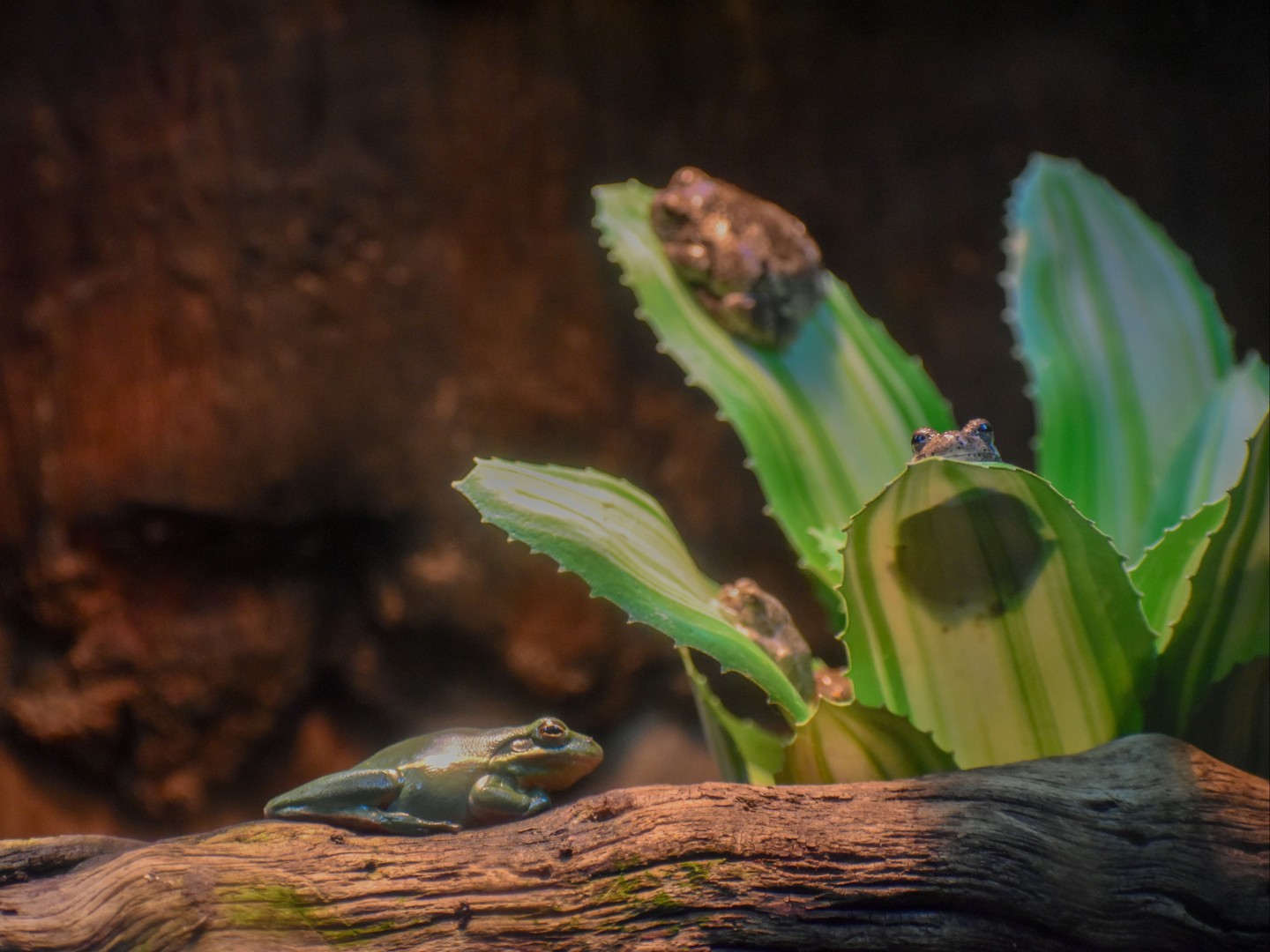- Explore the significance of the first day of spring and its cultural and ecological relevance.
- Highlight the habits and habitats of frogs in honor of World Frog Day.
- Examine the role of amphibians in ecosystems and their current conservation status.
- Discuss the challenges and strategies of wildlife conservation with a focus on frogs.
- Detail how zoology and zoo management contribute to preserving biodiversity.
As winter begins to withdraw, the world welcomes the first day of spring, a seasonal turning point that marks renewal and growth. This day holds cultural significance in various societies and is embedded in rituals and festivities. Beyond its cultural impact, it signals a resurgence of ecological activity. The soil softens and trees awaken from their slumber, sprouting buds that predict a cascade of foliage. Spring’s onset renews life, nurturing habitats for countless creatures. Among these, frogs hold a special place, symbolizing rebirth and transformation. Coincidentally, March 20th, the first day of spring, is celebrated as World Frog Day, highlighting the significance of these remarkable amphibians.
Frogs, with their glossy skin and powerful hind legs, are quintessential symbols of spring’s vibrancy. These amphibians blur the lines between water and land biomes, spending their lifecycle in both environments. Their permeable skin allows for direct gas exchange, making them excellent ecological indicators of environmental health. In the spring, their familiar chorus is a testament to the aquatic world starting to hum anew. Frogs play essential roles, from insect population control to serving as prey for larger predators, thus supporting food webs across various ecosystems.
Despite their resilience, frogs face unprecedented challenges. Amphibian populations are in decline, primarily due to habitat destruction, pollution, climate change, and diseases like chytridiomycosis, caused by the chytrid fungus. This fungal pathogen has devastated populations of several frog species globally, forcing them into critical levels of vulnerability. Conservation efforts, therefore, are paramount. Protecting these vibrant creatures involves habitat restoration and creating safe breeding environments which support frog populations.
Wildlife conservation has adopted multifaceted strategies to maintain frog populations and, consequently, biodiversity at large. One approach is habitat conservation, ensuring that frogs have access to clean water and suitable terrestrial refuges. Conservationists work with local communities to implement practices that minimize habitat destruction from agriculture and urban development. Furthermore, there is a continuous pursuit of understanding through research, particularly genetics, to manage diseases that afflict amphibians. Captive breeding programs have also become vital, offering safety nets for critically threatened species by maintaining gene pools and preparing individuals for reintroduction into native habitats.
Zoological institutions play an integral role in these conservation endeavors. Zoo management teams are redefining the parameters of species sustainability by facilitating research and fostering public awareness. These establishments offer educational programs to illuminate the importance of frogs and other amphibians, thus galvanizing community participation in conservation efforts. Zoos not only act as arks for vanishing species but also spearhead breeding programs, providing a genetic reservoir that could replenish wild populations when conditions improve.
In safeguarding frogs and celebrating the vibrancy they represent, there is a broader picture of biodiversity in focus. The health of frog populations often mirrors that of entire ecosystems. As spring breathes life into dormant landscapes, it invigorates human responsibility to cherish and protect the fragile balance of these interconnected systems. Collaborations between governments, non-profits, and local communities are crucial to crafting and implementing policies that secure habitats not only for frogs but for all species that thrive as spring unfolds.
The first day of spring and World Frog Day remind us of the beauty and complexity embodied in our natural world. Frogs are more than harbingers of spring; they are ecological linchpins. By prioritizing their conservation, we contribute to the integrity and continuity of ecosystems worldwide. This dual celebration encourages reflection on our symbiotic relationship with nature and fosters a commitment to its preservation for future generations. As the planet regenerates with the dawn of spring, let humanity’s resolve to conserve and cherish its wonders grow just as vibrantly.
*****
Source Description
The first day of Spring. Congratulations to all who celebrate…especially frogs, because today is also World Frog Day. 🐸🌱🌼☘️


